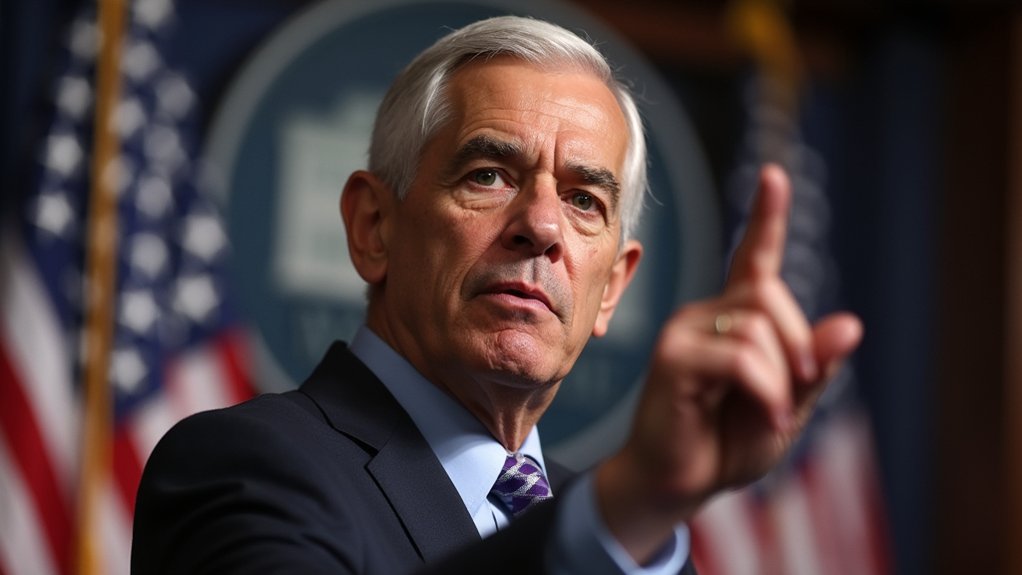In a financial landscape where the average Bitcoin holder possesses a mere 0.57 BTC, owning an entire Bitcoin in 2025 has become something of a rarefied achievement—one that fewer than 2 in every 1,000 cryptocurrency participants can claim.
The mathematics of Bitcoin scarcity paint a compelling picture of exclusivity. With approximately 320 million people worldwide holding Bitcoin directly across nearly 200 million wallets, the distribution reveals a stark reality: most participants are content (or resigned) to fractional ownership. The average wallet holds just 0.36 BTC, suggesting that complete coin ownership represents entry into an increasingly exclusive club.
Complete Bitcoin ownership has evolved from speculative investment to membership in an elite digital aristocracy of mathematical scarcity.
This scarcity isn’t merely theoretical—it’s architecturally enforced. Bitcoin’s hard cap of 21 million coins, with over 19.8 million already mined, leaves fewer than 1.2 million tokens yet to be created. Meanwhile, whale accounts continue their dominance, with Satoshi’s dormant 968,452 BTC serving as a permanent monument to inaccessible wealth, and MicroStrategy’s corporate treasury holding 580,250 BTC firmly off retail markets.
Geographic adoption patterns reveal fascinating disparities in Bitcoin accumulation strategies. While Vietnam leads global adoption rates at 21.19%, and Asia dominates with over 326 million crypto users, the concentration of wealth remains stubbornly centralized. Even the United States, with 28% adult cryptocurrency ownership representing 65.7 million people, sees most participants holding fractional amounts. The mining process continues to release approximately 450 new bitcoins daily through transaction validation, though this issuance rate will halve again in the coming years.
Institutional dynamics further complicate retail ambitions for whole-coin ownership. Bitcoin spot ETFs logging $217 million in net inflows demonstrate institutional appetite, while declining exchange reserves signal widespread accumulation among sophisticated players. Binance’s cold storage alone holds 248,598 BTC—roughly 1.25% of total supply—highlighting how exchange infrastructure itself creates additional barriers to retail accumulation. The broader cryptocurrency market, now valued at $2.19 trillion, sees approximately 10% of its capitalization represented by stablecoin market cap, which provides crucial liquidity infrastructure that indirectly supports Bitcoin trading and accumulation strategies.
Yet recent market developments suggest cautious optimism for aspiring whole-coin owners. Mid-tier wallet growth indicates gradual broadening beyond whale territory, while dormant coins from Bitcoin’s earliest days occasionally resurface, potentially increasing available supply.
The 53 million active traders worldwide create liquidity that, paradoxically, both facilitates and complicates accumulation efforts.
Owning a complete Bitcoin in 2025 remains achievable, though increasingly resembling a luxury good rather than a speculative gamble—a digital asset whose scarcity may ultimately justify its premium positioning.









